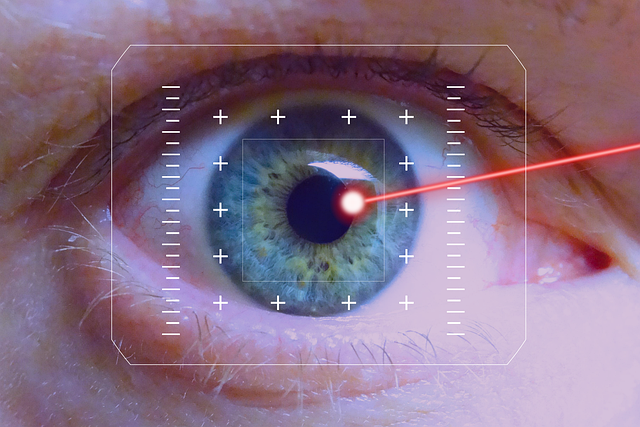In today’s digital age, the visual experience shapes how we engage with content on our TVs and monitors. With the ever-evolving display technology, mastering the art of image optimization is essential for anyone who appreciates crystal-clear resolutions. Whether you are a dedicated gamer, a movie enthusiast, or a casual viewer, understanding the nuances of image optimization can transform your viewing experience.
TVs have come a long way, evolving from bulky CRTs to sleek 4K and 8K UHD displays. As technology advances, so do our expectations for quality visualization. You may have noticed that despite having a high-definition model, the images might not look as stunning as anticipated. This is where image optimization plays a pivotal role. Factors such as brightness, contrast, color saturation, and sharpness settings directly impact how your display presents content. Taking the time to optimize these settings can lead to breathtaking visuals that burst with life and vibrancy.
Many modern TVs and monitors come equipped with various display modes tailored for different types of content—ranging from cinema mode to gaming mode. Understanding these modes is crucial for image optimization; each one adjusts settings based on the type of content, enhancing your viewing experience accordingly. For instance, utilizing the gaming mode can reduce input lag while enhancing motion clarity, providing a distinct advantage in fast-paced video games.
Another effective technique for achieving optimal imagery is calibrating the display. Though it might sound technical, calibration can be done using built-in settings or third-party calibration tools. This process ensures that your display accurately represents colors and contrast, eliminating any distractions that could detract from the visuals.
Additionally, consider the impact of ambient lighting in your viewing environment. The lighting around your TV can influence how images appear. A well-lit room can wash out colors, while a darker setup may enhance contrast and perceived sharpness. Striking the right balance between lighting and image settings can magnify clarity and resonance in the images you see.
Furthermore, taking care of the connections you use is equally important. HDMI cables should be of good quality to preserve the resolution and bitrate of the content being viewed. Choosing the correct cable and ensuring it meets the standards for your device can safeguard against loss of detail and fidelity in your visuals.
As you immerse yourself in the world of display technology, the significance of image optimization becomes apparent. Whether it’s for watching the latest blockbuster, diving into a high-octane game, or enjoying streamed content, the clarity and detail offered by optimized images can elevate the entire experience. The focus on enhancing resolution not only creates stunning visuals but also brings out finer details, making every pixel count.
In essence, mastering image optimization is not just about technical tweaks; it’s about truly connecting with your content on a visual level. By understanding display technologies, employing thoughtful adjustments, and creating the right environment, you can achieve a picture-perfect experience every time you turn on your TV or monitor.




